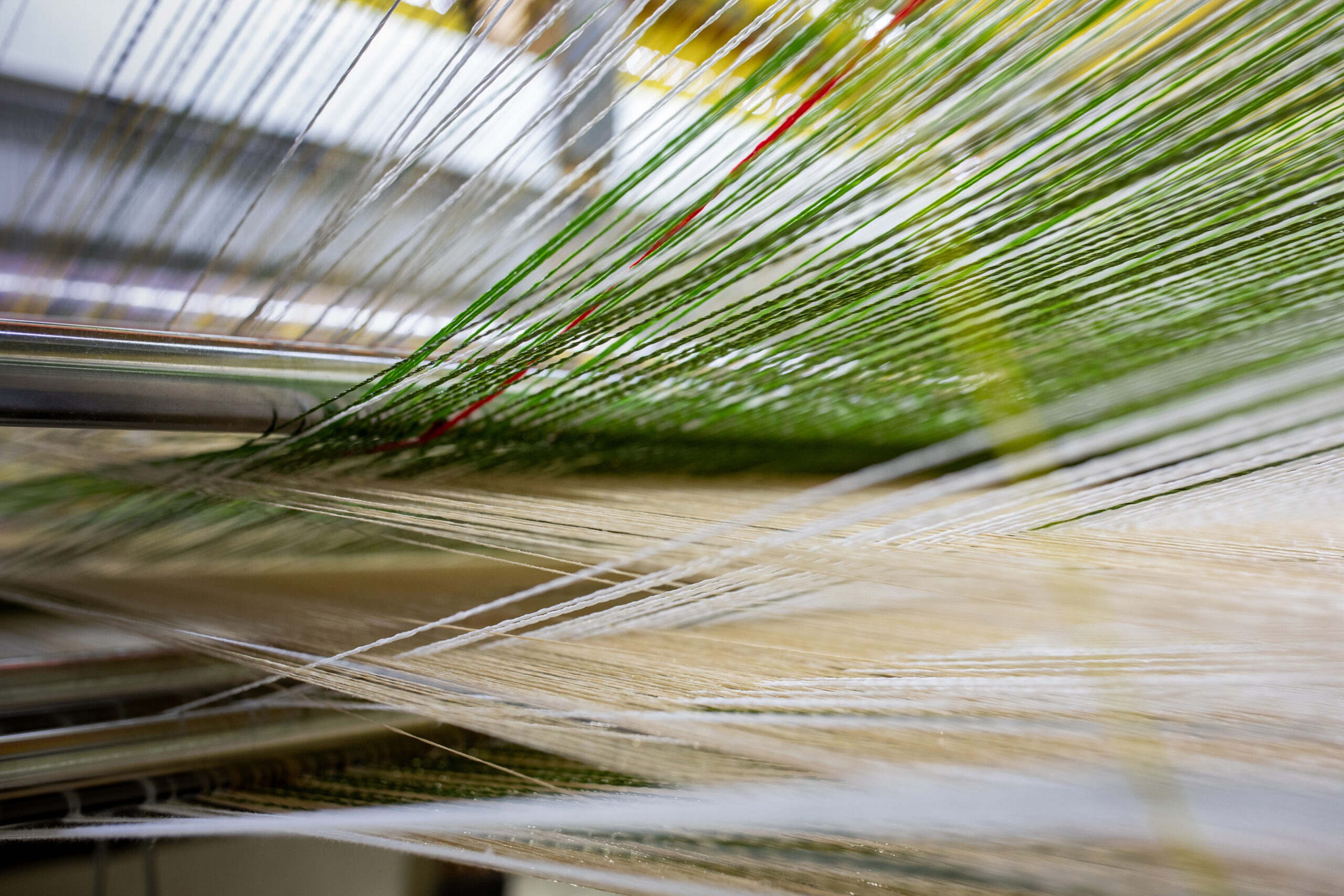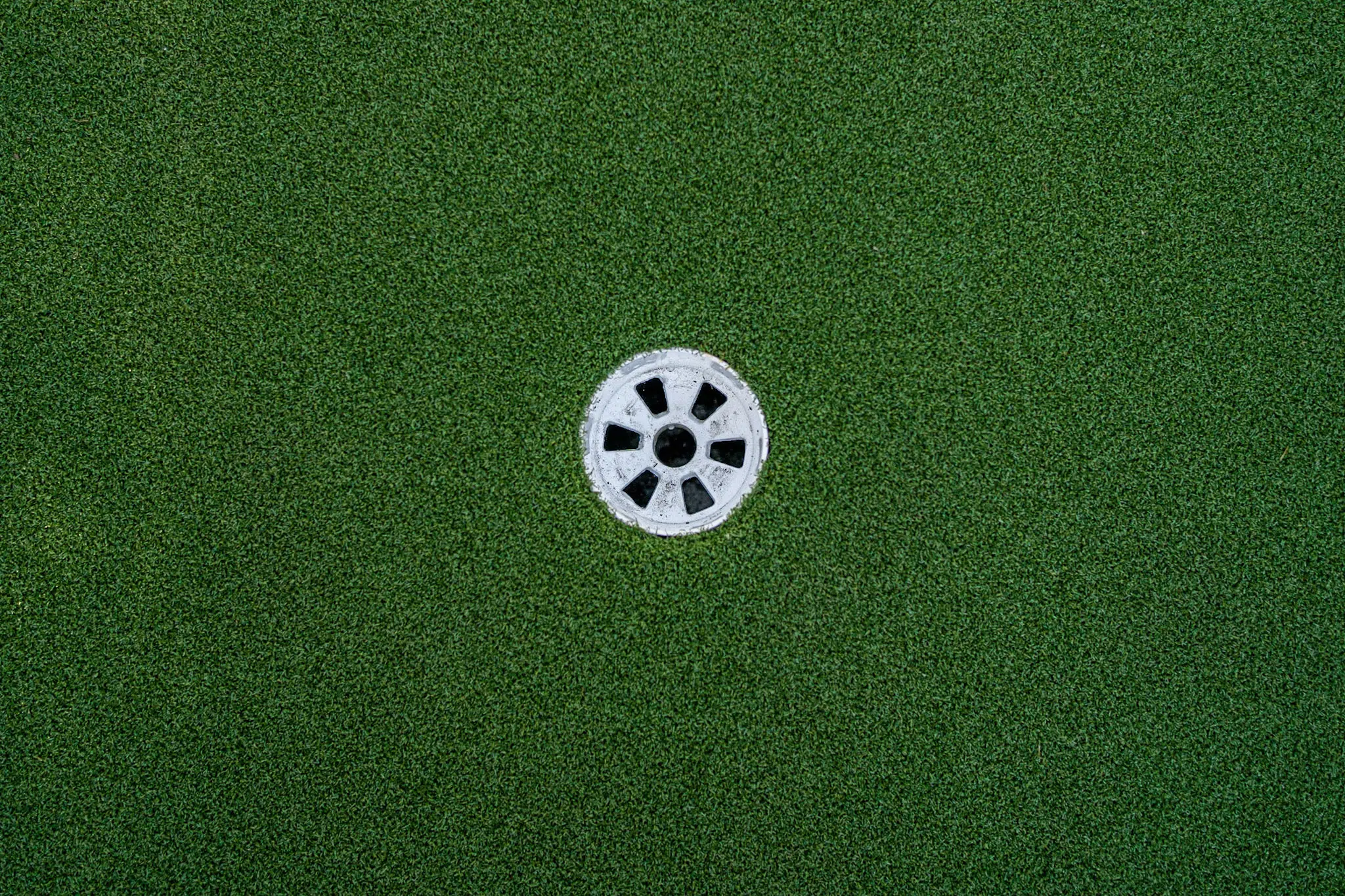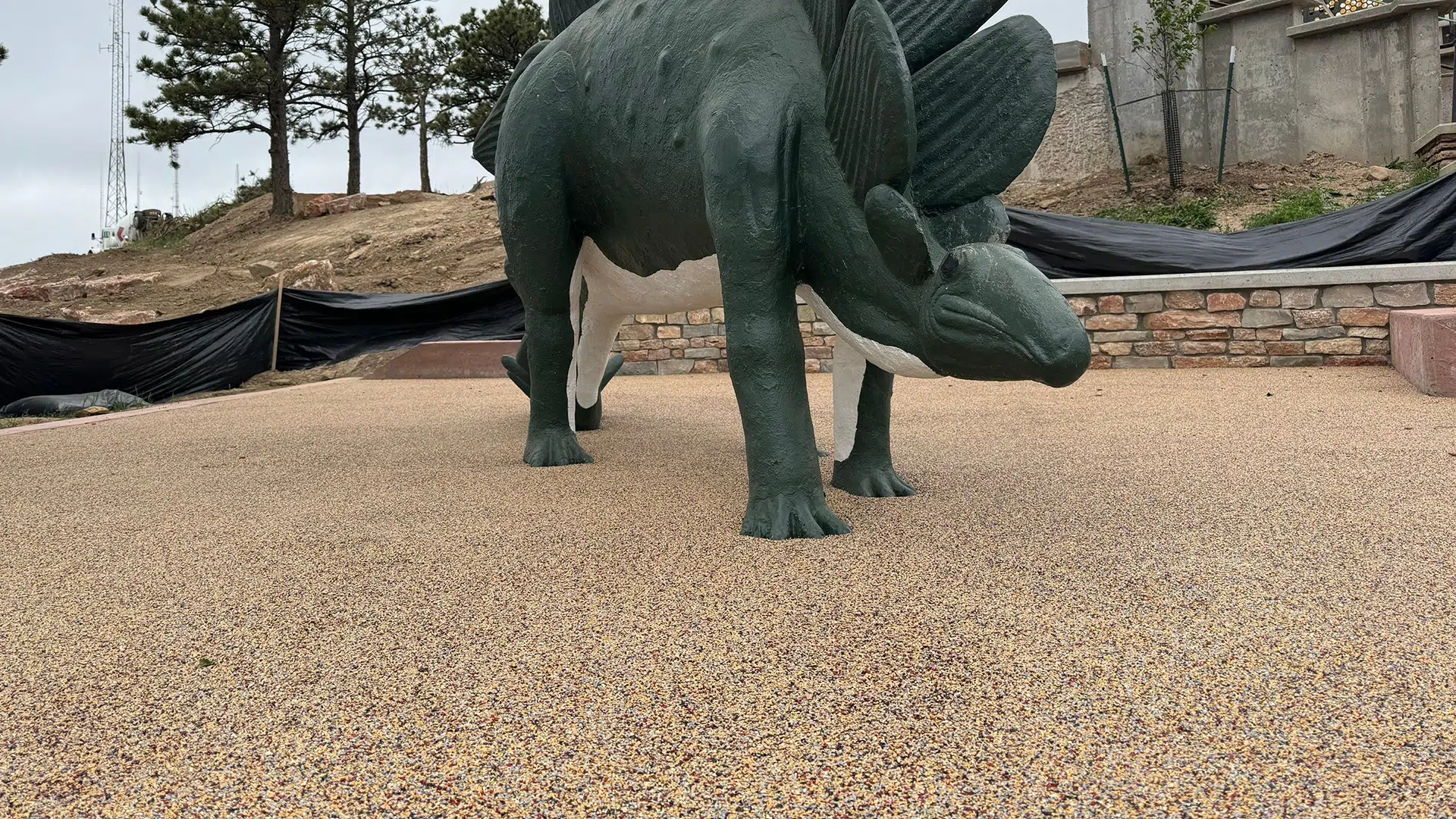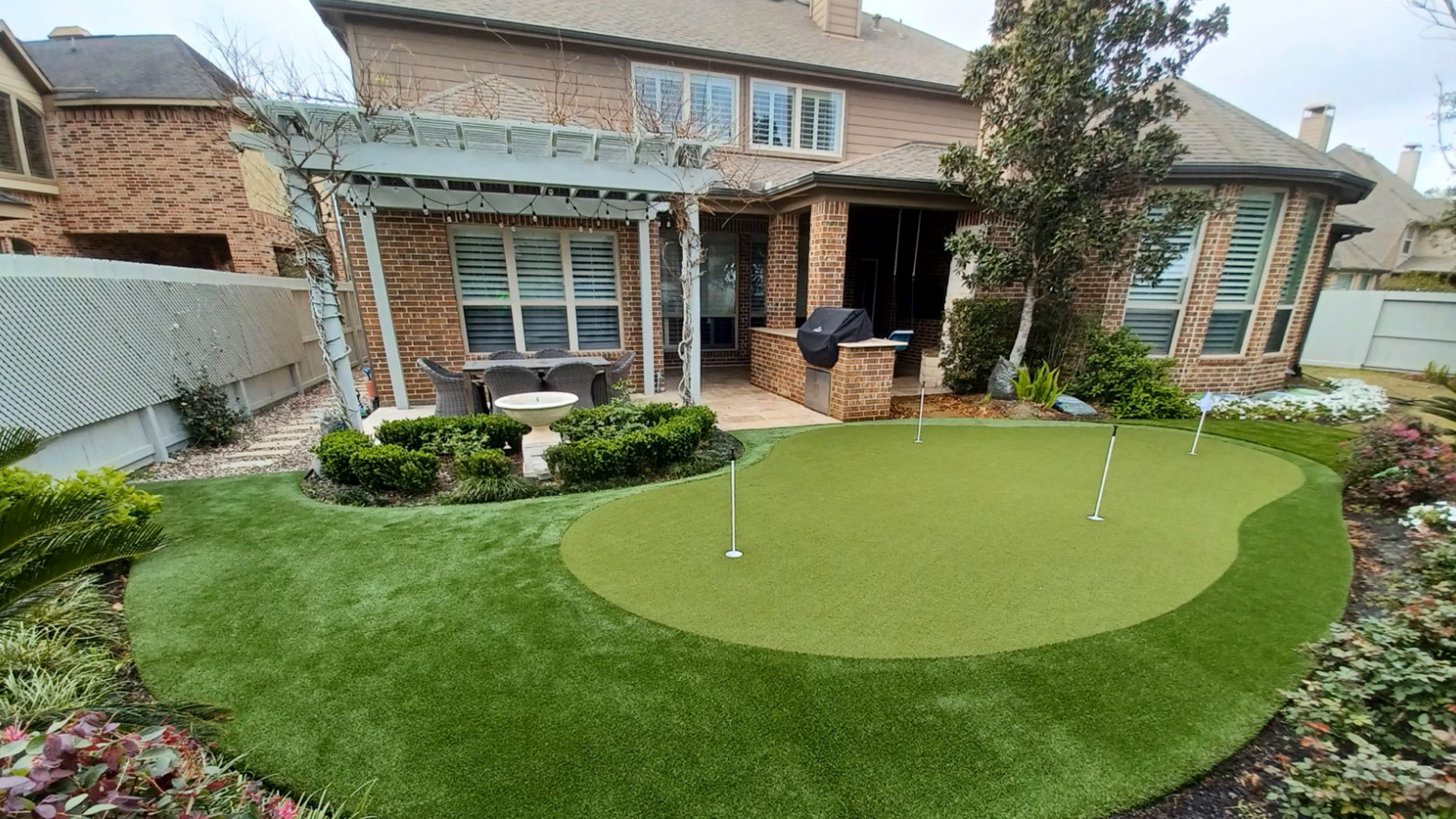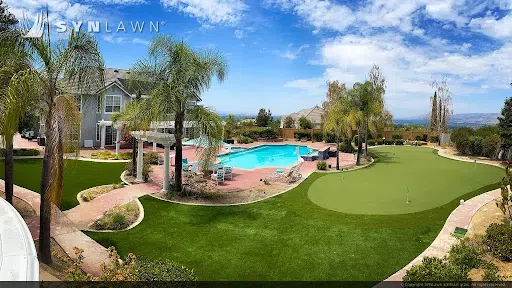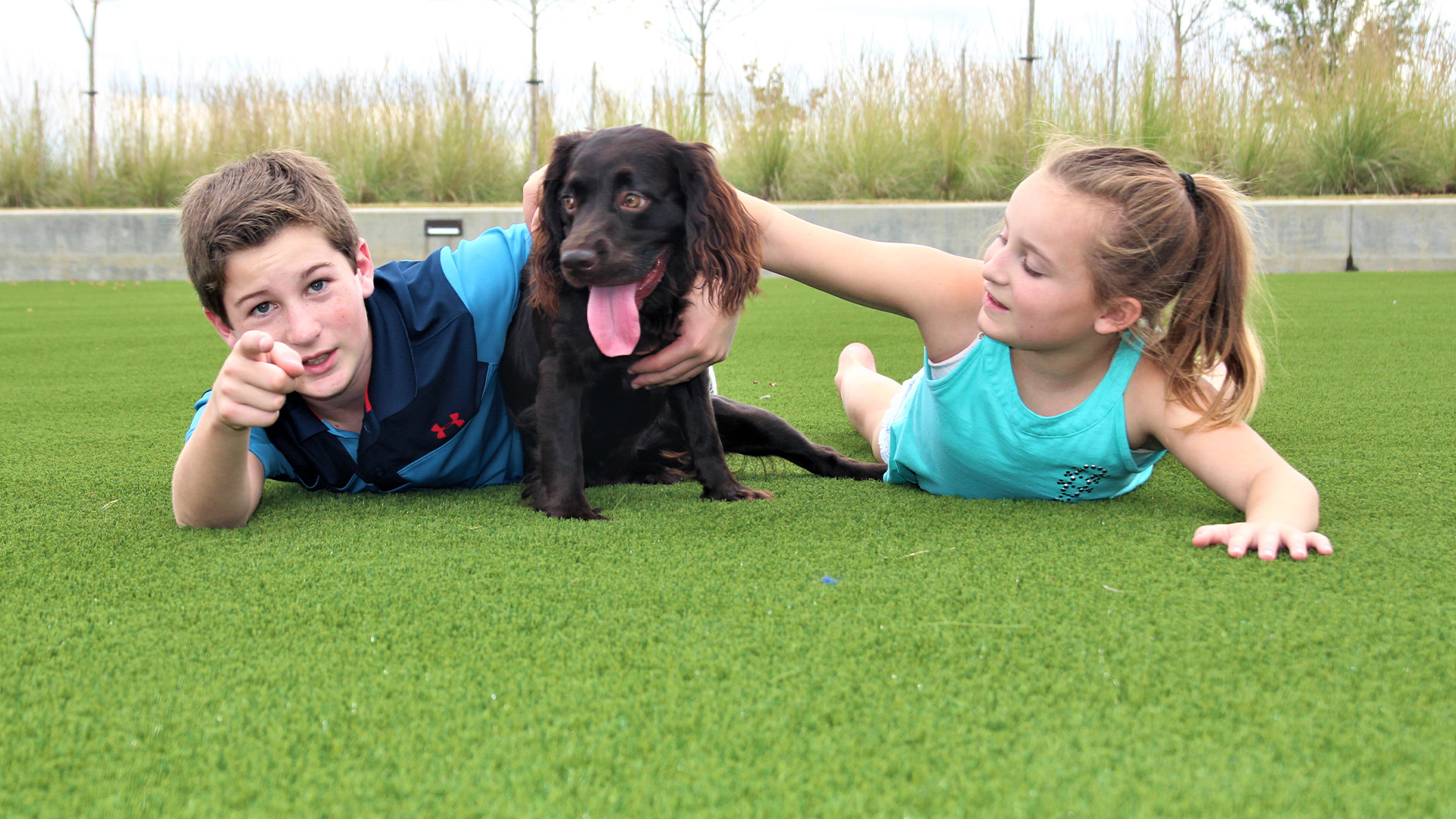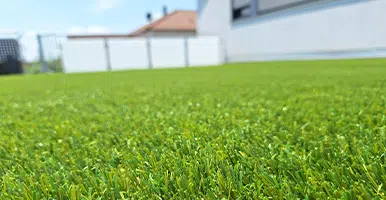
Artificial Grass vs Real Grass: Which is Better for Your Lawn?
The dream of a perfect lawn has always been tied to endless mowing, watering, and meticulous care—or has it? In the battle of artificial grass vs. real grass, the choice isn’t just about aesthetics; it’s about how your lawn fits into your lifestyle, environment, and comfort and safety requirements.
In this article, we’ll dive into the differences between artificial grass and turf so that you can find the best option for your lawn. We’ll cover everything from maintenance and durability to safety and environmental impact.
Maintenance: Artificial Grass vs. Real Grass
Keeping a lawn pristine requires work—or not, depending on your choice. Let’s take a look at the differences between turf and artificial grass.
Real Grass: A Labor of Love
Natural grass is a living organism, and it acts like one. It demands regular watering, mowing, fertilizing, and pest control to thrive. Weeds and seasonal challenges like patchy spots can also turn maintenance into a never-ending chore.
Artificial Grass: Practically Care-Free
Say goodbye to weekends spent mowing and fertilizing. Artificial grass stays picture-perfect with almost no effort. A quick rinse or occasional cleaning to remove debris is all it takes.
Winner: Artificial grass takes the crown for anyone seeking an easy, carefree solution.
Durability: Tough Turf vs. Grass
Your lawn’s durability is another important consideration, especially for families, pet owners, or anyone with high-traffic outdoor spaces.
Artificial Grass: Built to Last
High-quality artificial grass products are designed to withstand heavy foot traffic, pets, and extreme weather conditions. Rain, heat, or drought won’t leave it patchy or brown. Its UV-resistant properties ensure that it stays lush and green year-round. Whether it’s a backyard play area or a rooftop garden, artificial grass holds up beautifully for years.
Real Grass: A Fair-Weather Friend
Natural grass is far more vulnerable. High traffic areas can quickly become bare or muddy, pets can cause wear and tear, and extreme weather—such as heatwaves, frost, or heavy rain—can leave it dry, patchy, or overrun with weeds. Restoration requires constant effort and expense.
Winner: Artificial grass is the more durable and weather-resilient option, perfect for high-use or challenging environments.
Water Conservation: Artificial Grass vs Natural Grass
Water is precious, and how much your lawn needs is a critical factor in ensuring your household remains sustainable.
Natural Grass: Soaking Up Resources
Natural grass is thirsty, and maintaining its health and color can demand significant water use—especially in dry climates. Even with irrigation systems, it’s a resource-heavy choice. According to studies, landscape irrigation consumes 40-70 percent of water per household, contributing to resource depletion.
Artificial Grass: Saving Resources
One of the biggest benefits of artificial grass is its ability to conserve water. With no need for irrigation, a synthetic lawn can save thousands of gallons of water each year—making it an excellent choice for drought-prone areas or regions with water restrictions.
Winner: Artificial grass is the clear choice for water savings.
Health and Comfort: Synthetic Grass vs Real Grass
The chemicals required to maintain a lawn can impact the environment in unexpected ways.
Real Grass: Chemically Dependent
While natural grass offers a soft, cool surface, it relies heavily on chemical treatments to stay healthy. Pesticides, herbicides, and fertilizers can pose risks to both the environment and those who spend time on the lawn. These chemicals can also contribute to water pollution through runoff.
Synthetic Grass: Clean and Green
Artificial grass eliminates the need for fertilizers, pesticides, and weed killers, reducing exposure to harmful chemicals. Many modern options, like SYNLawn’s green technology, include antimicrobial and hypoallergenic features, creating a cleaner, safer surface for children and pets. Additionally, artificial grass is designed to be soft and cushioned, providing extra comfort and protection for falls during play.
Winner: Artificial grass leads the way with a cushioned, chemical-free surface for families and pets.
Safety: The Real Difference Between Turf and Artificial Grass
Safety is a primary concern for anyone looking to create a green environment—in your home or a commercial setting—and for a good reason. You need to know if your lawn is capable of meeting important safety standards.
Artificial Grass: Fire Safety and Heat Resistance
Modern artificial grass is engineered with safety in mind. Many high-quality options are fire-resistant, meaning they won’t ignite easily, adding an extra layer of protection for outdoor spaces. While synthetic grass can get warm under direct sunlight, heat-resistant designs help mitigate this issue. SYNLawn’s Class A Fire-Rated artificial grass products, for example, actively inhibit fire spread, offering unmatched protection.
Real Grass: What You See is What You Get
Natural grass does not offer fire resistance and can dry out during hot seasons, becoming a potential fire hazard in extreme conditions. However, it does remain cool to the touch, particularly in shaded areas.
Winner: Artificial grass leads in fire resistance and modern heat-resistant technology, making it a safer choice for extreme climates.
Sustainability: Turf vs Artificial Grass
Both artificial grass and real grass offer environmental benefits, but their impacts vary based on priorities like resource use, biodiversity, and waste reduction.
Real Grass: Supporting Biodiversity and Carbon Absorption
Real grass supports biodiversity by providing habitats for pollinators, birds, and insects, while also acting as a natural carbon sink, absorbing CO₂ and releasing oxygen. It improves soil health by stabilizing the ground, reducing erosion, and retaining rainwater.
However, these benefits come at a cost: real grass requires significant water use and frequent application of fertilizers and pesticides, which harm ecosystems and pollute waterways, making it a resource-intensive choice. Additionally, gas-powered lawnmowers and other lawn equipment emit significant amounts of CO₂ annually. Over time, this adds to your household’s carbon footprint.
Artificial Grass: Recyclable and Energy Efficient
Artificial grass offers significant environmental benefits through its durability and recyclability. High-quality products, like SYNLawn’s sustainable turf, last many years and can be repurposed into new turf or other materials, reducing landfill waste. It also eliminates the need for gas-powered lawn equipment, cutting carbon emissions.
Winner: Both options have eco-friendly elements.
Final Verdict: Which Grass is Best for You?
Choosing between artificial grass and real grass depends on your priorities. If you value low maintenance, long-term savings, durability, and eco-conscious solutions, artificial grass is the perfect fit. For those who appreciate the natural feel and seasonal charm of a living lawn, real grass may still hold appeal. Ideally, a great lawn should enhance your life, not complicate it. Choose the option that lets you enjoy your outdoor (or indoor) space to the fullest.
